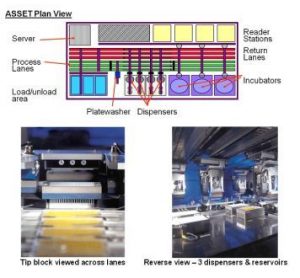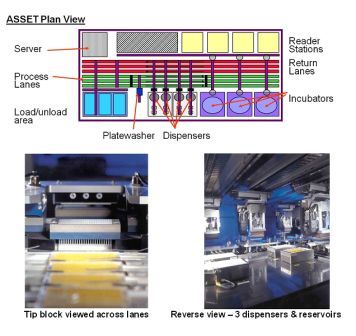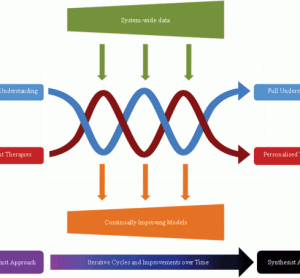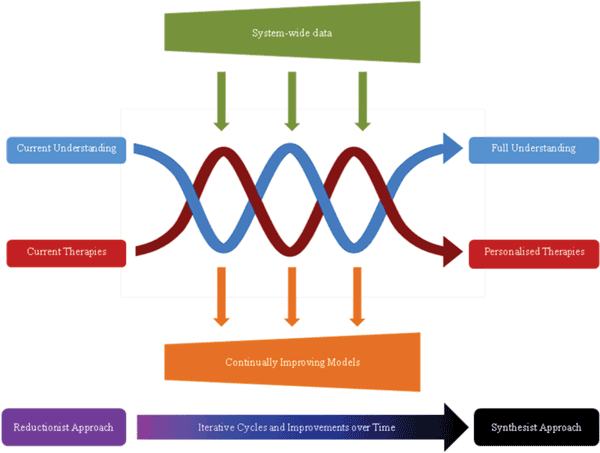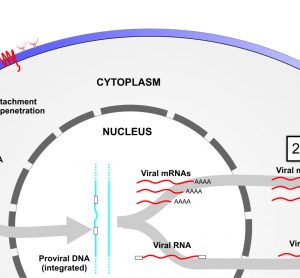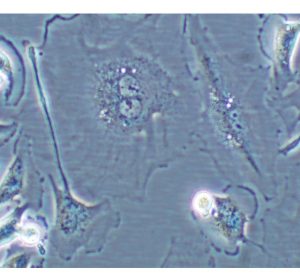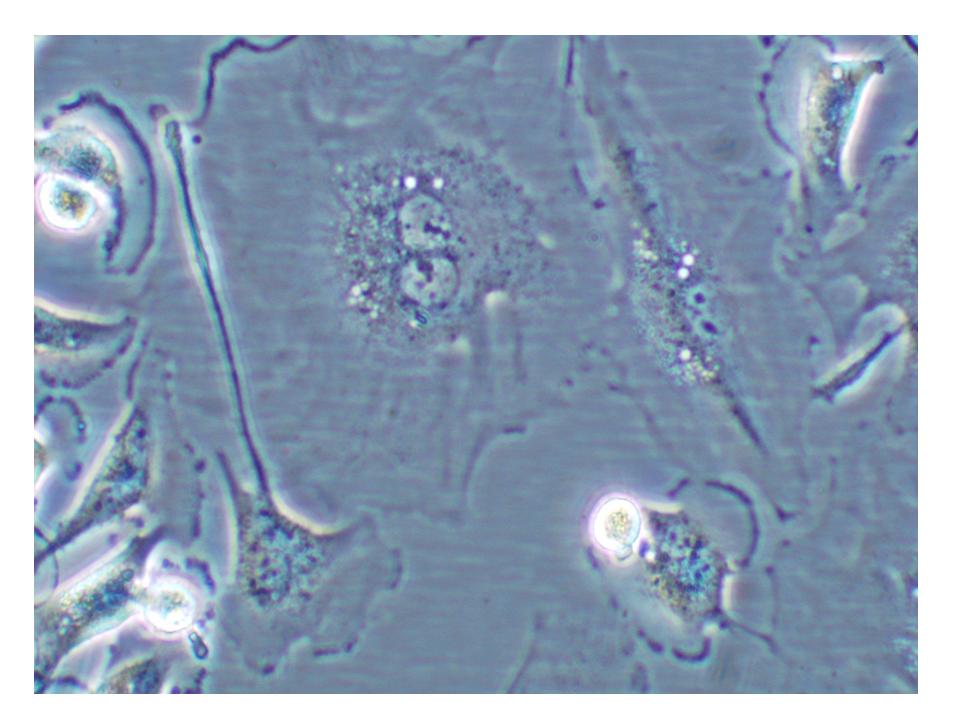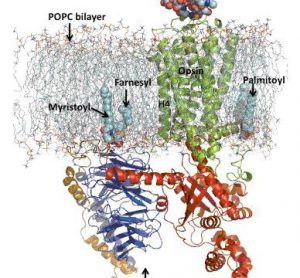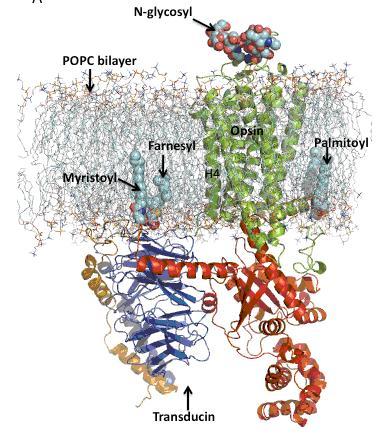High content cell based primary screening for oncology targets – a perspective
25 June 2010 | By Peter Alcock, Colin Bath, Carolyn Blackett & Peter B. Simpson, Screening & Assay Sciences, Cancer Bioscience, AstraZeneca Alderley Park
Over the last 15 years, vendors have offered microscope-based instruments capable of producing images of fluorescent labelled components of cells grown in microtitre plates. These instruments are typically bundled with analysis software capable of defining the relative distribution of several fluorescent markers on a cell by cell basis1,2. As the…



